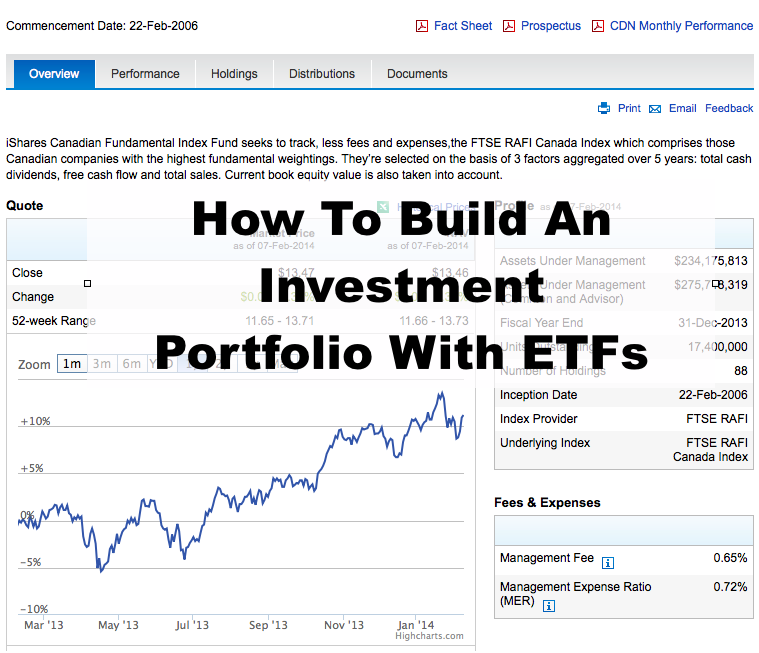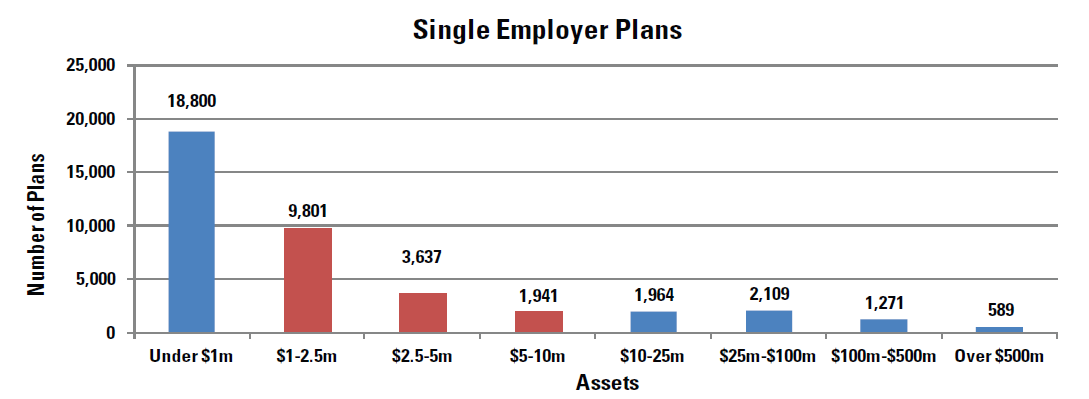What you should know about ETF index portfolio building
Post on: 16 Март, 2015 No Comment

Exchange traded funds (ETFs) did not invent the index. Neither did the mutual fund. And although Vanguard founder John Bogle helped make it popular when he first created an index fund. The index fund has revolutionized the way many investors access the market.
What is an index?
Simply, an index is created based on what is considered representative of the market as whole or in segments or slices of the market. The most popular indexes are cap-weighted, meaning that they are built or assembled based on the capitalization. This calculation that involves multiplying the total outstanding shares of publicly traded stock by the current price. For example: if a stock is priced at $1 and there are a million shares available to the public, the company has a market capitalization of $1 million. Almost all bond indexes are based on a cap-weighted methodology.
Weighting systems do vary but the vast majority of indexes are cap-weighted. Some indexes are equally weighted which refers to all companies being equal in the index. Small companies would be represented in the index with the same weight or worth as the largest.
Fundamentally rated indices use a much more complicated measure of a company’s worth. It uses the company’s overall valuation rather that the stock-to-shares weight used in cap-weighted indexes.
Another type of index, referred to as low-volatility weighted bases the strength of the stock’s place in the index on its volatility.
Are most ETFs cap weighted?
This is an excellent question in part because even though many ETFs look like index funds and suggest they are, how they index is more important. A surprising number of ETFs are equal weighted. Equal weighting often finds these ETFs more volatile and less liquid. Do the research before you buy and look for cap weighted ETFs.
Are most ETF indexed funds the same?
The largest ETFs from the largest fund families are essentially the same. Tracking error, the variation between the ETFs return and the benchmark are almost non-existent.
The variations do begin in ETFs focused on smaller capitalizations. The smaller the sector it seems, the wider the differences in how the ETF ‘indexes’ the market seem to be. When ETFs begin tracking emerging and international markets, the variations in performance and holdings can be quite pronounced.

What should an investor focus on?
The investor should focus on three things when considering ETFs. In no particular order of importance they are liquidity, costs, and goal.
Liquidity not only refers to the interest investors have in the ETF but also to the companies in the ETF. Low trading volume simply means that there may not be enough buyers for sellers.
Costs refer to the commissions charged by brokers to buy and sell ETFs. While some ETFs may be free to trade, the small print may exclude you among those who qualify. And in many instances, the smaller the ETF, the less likely it will be free to exchange. be sure to check the fees as well. Not all ETFs charge the same.
Your goals need to neatly fit with the goal of the ETF. understand what the ETF is hoping to achieve, whether the risk is worth considering and what you investment goals are with the fund.
As with all investments, understanding who you are as investor, how much risk you consider worthwhile and the costs of those investments should always be considered. While ETFs may be well advertised, carefully consider whether this investment is the right one for you.














